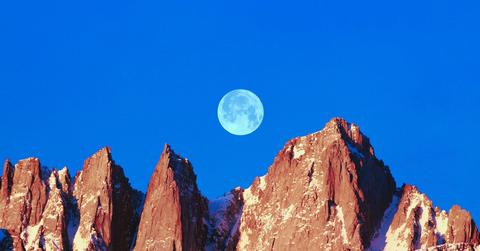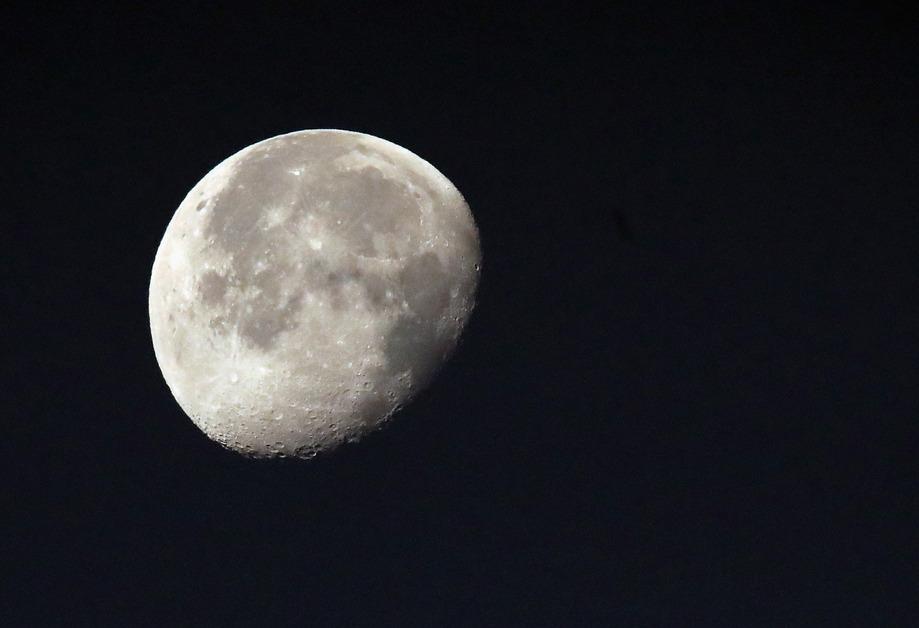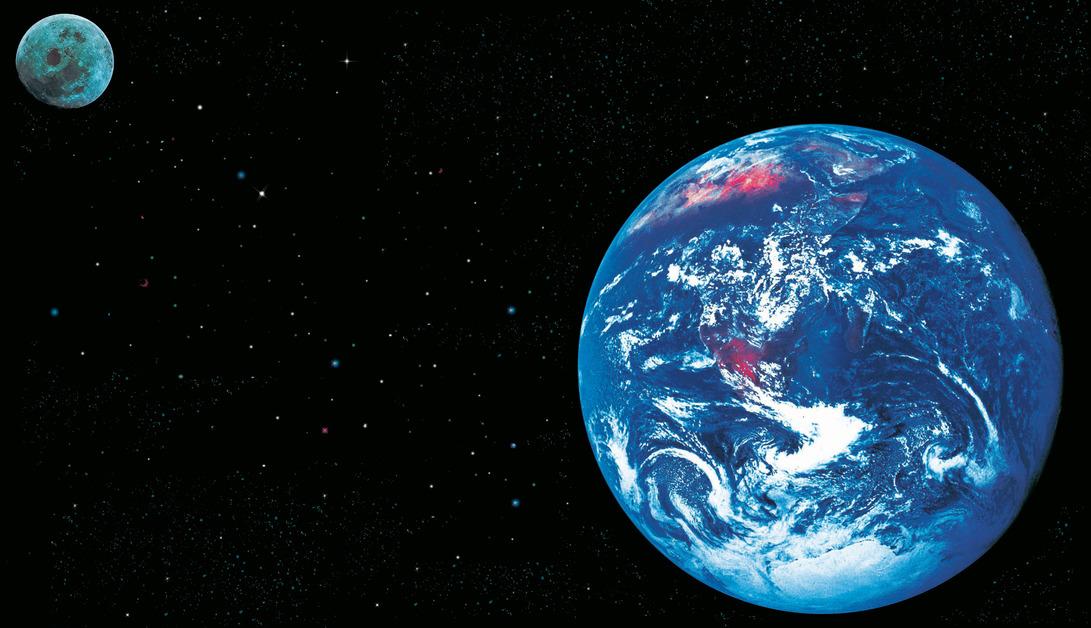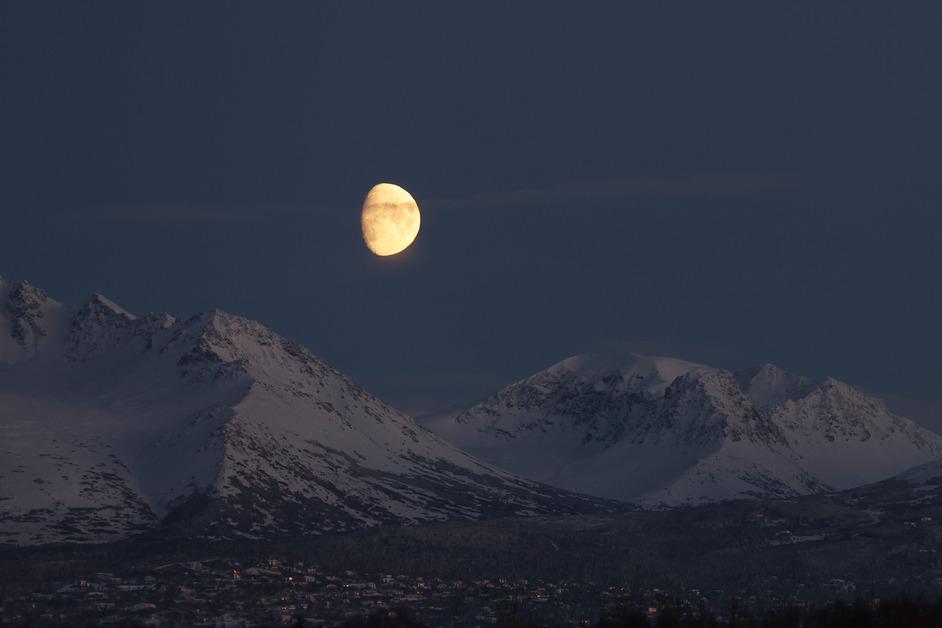Here's Why You Are Seeing the Moon During the Day
Published March 9 2023, 10:29 a.m. ET

Even during the day, when the birds are chirping and the sky is full of light, the moon is fixed in the sky. Moons may be the symbol of all things nighttime, but that doesn't mean it disappears entirely from the sky when the stars aren't shining brightly. During the day, the moon is overpowered by the sun and hides in the likeness of the sky, but it's still there.
In the evening the sun falls and fades to sleep, and the moon appears like a dream. However, on rare occasions, the moon is completely visible during the daytime. So, why is the moon out during the day?

The moon stays out during the day because it's always in the sky somewhere.
According to NASA, the moon, and the stars are actually always present during the day, we just often can't see them because of the intense sunlight.
The moon's phases determine how much moon we will see during the night and the day. During a full moon, it is directly opposite the sun, making it the most visible daytime moon. During the new moon, however, the moon is fixed between the Earth and the sun, meaning the sunlit side is facing away from us (towards the sun) and makes the moon much harder to pick out in the sky.

The moon's phases include: new moon, waxing crescent, first quarter, waxing gibbous, full moon, waning gibbous, third quarter, and waning crescent. A waxing moon is increasing in visibility, whereas a waning moon is decreasing.
As the moon's cycle continues, it moves away from the sun and around the Earth, gradually becoming more visible and eventually a full moon again, per The Washington Post.

When is the best time to see a daytime moon?
According to NASA, the best time for daytime moon viewing is during the first and last quarter phases. This is because the moon will be high enough above the horizon and almost exactly 90 degrees from the sun. At this angle, the sun's reflected light will be able to reflect off the moon, making it the most visible.
Even though the moon rotates, you probably always see the same side.
The moon's rotation is inconsistent in speed, sometimes moving faster or slower depending on where it is in the cycle. For example, when it is the closest to Earth and moving at a slower pace, we view much of the moon's eastern side. We see more of the western side when it's farther and rotating faster.

However, you may notice that you always feel like you are looking at the same side of the moon. You can probably picture it in your head right now even. As the moon rotates, its revolution around Earth is at a matching pace; therefore, we see the same side illuminated every time. When the side we don't see is illuminated, that is the new moon, per NASA.
On NASA's website, they have an interactive moon phase page where you can see where the moon is in the cycle and orbit right now. So, the next time you are looking to get a great view, just check to make sure it's not a full moon.
This article, originally published on March 9, 2023, has been updated.